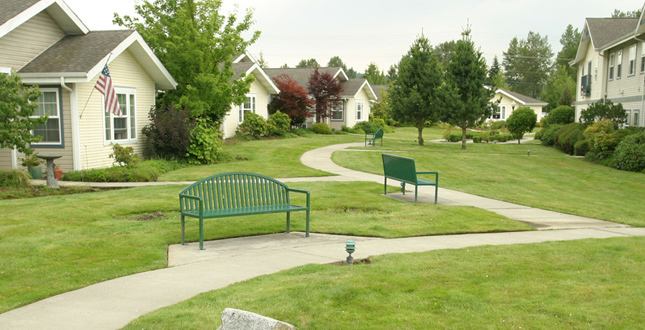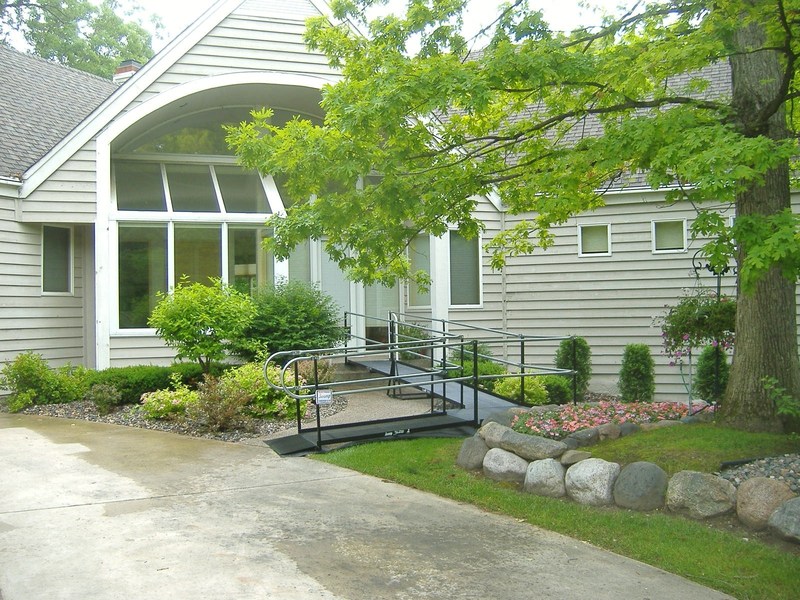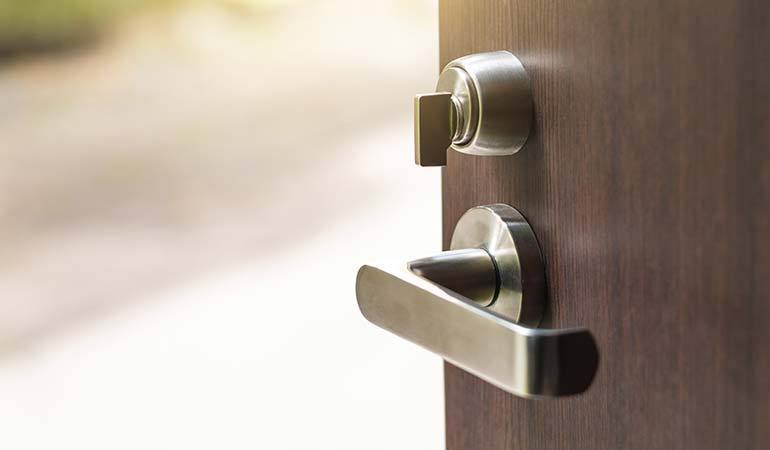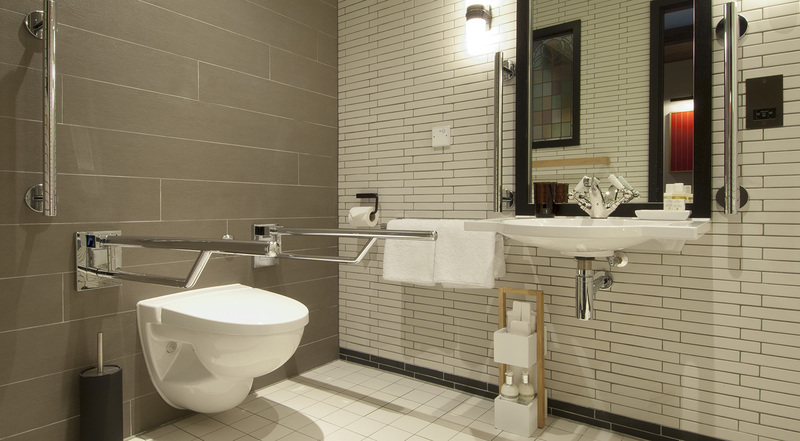
Yesterday, 1st October, is the celebration of International Day for Older Persons. 13% of the world’s citizens are elderlies, a population growing at 3% every year. Here at home, one in every 16 Malaysians are senior citizens, a number that is expected to double by 2030.
Our own Prime Minister Tun Mahathir, the world’s oldest elected prime minister, is still a sprightly 93-year old. More and more of our senior citizens are blessed with long life and good health, mind and spirit. So let’s show our appreciation to our senior citizens by providing them with lifestyle choices that suit their unique needs.
The idea of elderly-friendly home design is still be a new concept in some society, yet there are developers who focuses on developing homes for senior citizens. In New York City, developers are working on “Age-friendly Cities” project which promotes ways to make New York City friendly and liveable to older residents. In countries such as Japan, the Ivory Coast, Bhutan and Sri Lanka, the elderlies are not segregated from other age group but instead their needs, experience and values are included in infrastructure planning from the design to engineering stages.
In Malaysia, there are five developments—Aragreens Residence (Kuala Lumpur), Green Acres (Ipoh), Eden on the Park (Kuching), Little Japan (Johor Bahru), Noble Care Retirement Resorts (Kuala Lumpur)—that offer retirement living for seniors by incorporating architectural and home design to make living spaces for the elderlies more comfortable, safer and more accessible. When designing a home, some features could really benefits our seniors in making their space more liveable. Here are some of those unique elderly-friendly features:
1. Accessibility

First and foremost, you would want to start with that no-step entries. It is very common to have that one step entry at our front door, but maybe it is time to eliminate that. A slope would be good to accommodate wheelchair users and there is no harm in installing ramp beside the slope to accommodate mobility.
Furthermore, a slope would be helpful inside the home itself when connecting living areas that are separated by a raised or lowered floor. Doorways is also designed to allow easy access for wheelchair movements. The bedroom have to be spacious so that there will be ample space to maneuver. Some designers offer walk-in closets to make life easier for senior citizens.
2. Senior-friendly features

Then, there is the door handle. We should consider using lever, which is easier on the hands and wrists, instead of doorknob. Elderlies with arthritis, for example, will find it painful to twist open a knob, while seniors with advanced age may have weaker hand strength.
Even the light switches matter. It is recommended to use large rocker-type switch and positioned at an reachable point even for wheelchair users. Some people even installed lights with sensors that detect movement to automatically light up. In addition, plugpoints are installed at a higher position, instead of their typical floor-level position, in order to prevent bending or crouching.
Handrails are installed in houses with stairways to assist senior citizens moving around the house. Grab bars are also important in the elevated toilet to make their business easier.
The kitchen is one of the main spots in the house. The height of the cooking surfaces, the sink and table must be at the ideal height so the elderlies do not have to bend over to prepare their food. Kitchen utensils should be at a reachable area as well.
3. Communications
It is also advisable to have an intercom system set up all over the house in case of emergency. Even in cases of minor crisis, such as when one is stuck in the washroom, the intercom works as tool to call for help. Intercom is also important to assist elderlies with hearing problems. Some developers even installed panic buttons for security and medical emergency calls that connect directly to relevant authorities. Other innovations include visual alerts that flash LED lights when the doorbell rings.

Comfortable, safe and accessible
As we age, we lose our agility, strength and mobility. Our home design that we once admire might become nuisance and can even be dangerous. Imagine getting older and having to walk up and down the stairs with your joints ache, trouble getting in and out of the washroom, and just struggling with your own mobility.
This is the moment when you will realise that you need an elderly-friendly home not just for your parents but for yourself as well. Fortunately, there are some changes that you can incorporate into the homes of your aging loved ones to encourage their desire to live independently. The concept of universal design is to make living and work spaces equally comfortable, safe and accessible for all, regardless of age or physical ability.
Start your journey to a universal design home. Share your thoughts on this elderly-friendly home movement.
Related discussion:
Top 3 Retirement Homes of Malaysia
Digital Door Locks - The New Age of Home Safety & Convenience
10 Ways To Improve Your Home Design By Experts
Finding the Right Neighbourhood - The Social Way
(By Elmia Kayok)
